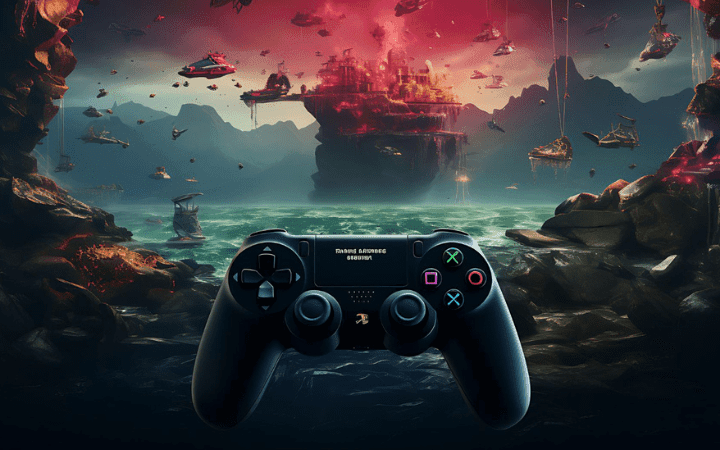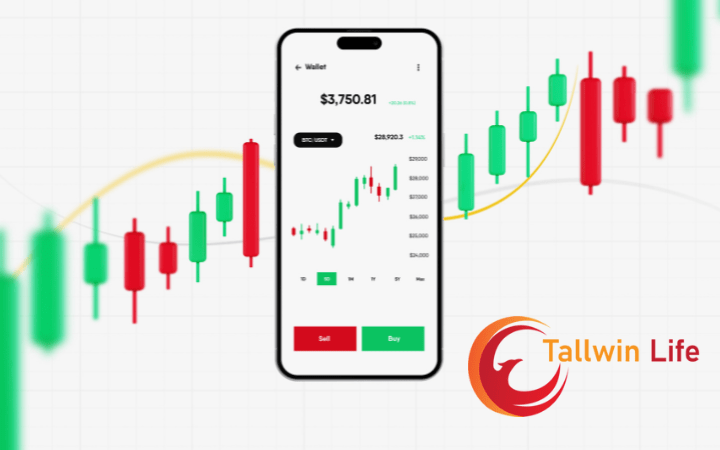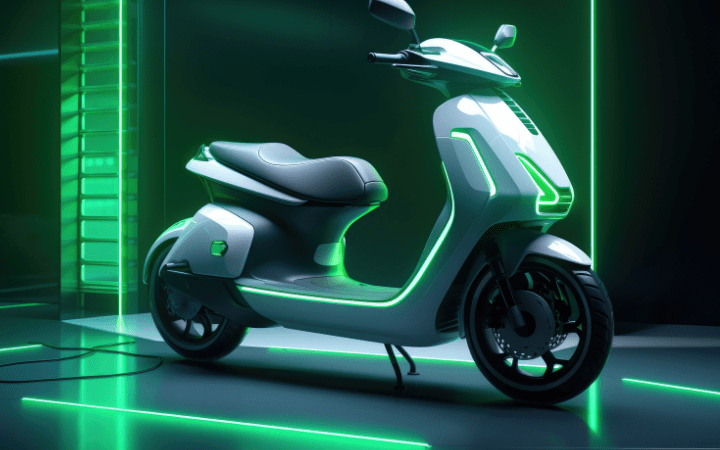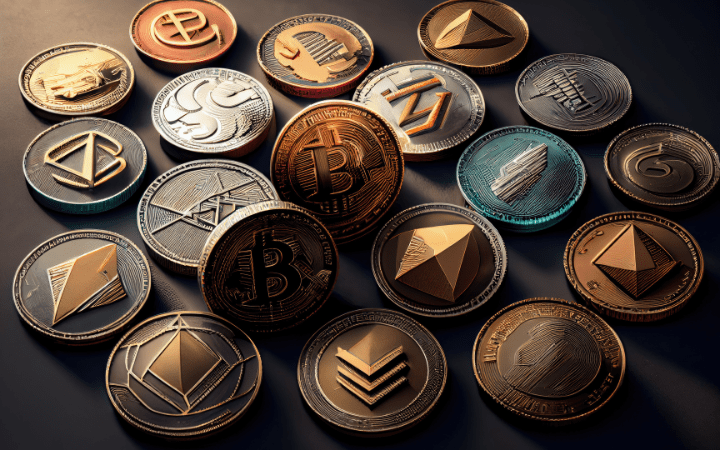Deep Fakes: AI Creates Alternative Realities
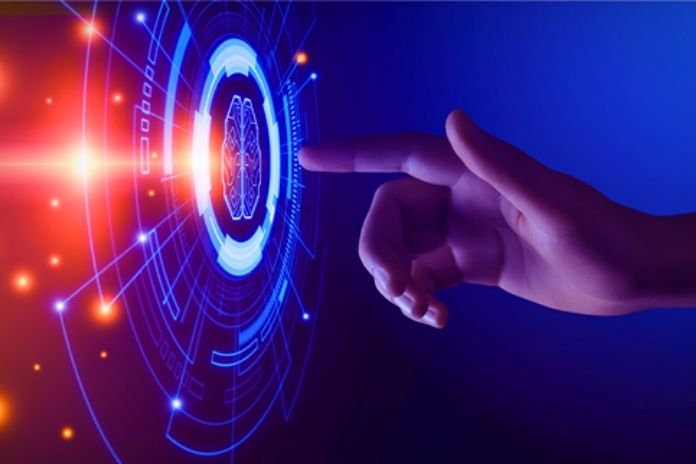
Deep Fakes: Introduction – The abilities of AI to learn and also to create something new, together with the ever-faster progressing development of performance in the field of computer graphics, lead to an acceleration of virtual reality and the emergence of “alternative realities” – with potentially serious consequences not only technically, but also social kind.
The ability of artificial intelligence to be “creative,” for example, to create its own “digital works of art,” has been discussed for some time. While the first independently developed images were more based on random processes, it was later possible to enable targeted creative processes. Not only can artistic, abstract paintings be created with it, but photorealistic material can also be created.
Deep Fakes – From Artificial Creativity To An Artificial Reality
So-called “Generative Adversarial Networks” (GAN) are used here, which in principle can be described as artificial neural networks acting against each other. The term “adversarial” refers to the “juxtaposition” of two interacting networks used. One, the ‘generator,’ produces items evaluated by the second, the ‘discriminator.’ For example, the generator network could create images whose subject and the discriminator network can then identify content – an image recognition AI.
In this process, the image recognition AI, which was trained using “real photos,” could gradually reduce the error tolerance. To continue making his images identifiable, the image-generating network the generator has to “work harder” in return. The resulting quality spiral means that the photorealistic appearance of the images generated is automatically improved: the two networks train each other.
More About Deep Fakes
As a result, such “real” looking photos of things that never existed are created: Human faces can also be created using this method. The website whichfaceisreal.com achieved legendary fame within a short time. There, the visitor is shown pairs of photos of human faces, one of which shows a “real” person, the other is an artificially generated image. The viewer must now try to guess which of the two has a natural origin.
Some of the images generated by the AI still have quite obvious errors – a displaced hairline, blurred image backgrounds, or body parts appear in places where they do not belong. Often, however, the distinction between artificiality and “natural reality” is hardly possible. The system regularly succeeds in misleading the human observer. The quality of this technology is so high that even a commercial photo agency has now offered 100,000 AI-generated human portraits as stock photos for download and use as advertising material free of charge. This also clearly shows the much-touted disruption potential of artificial intelligence. Models, photographers, and picture agencies could become unemployed in one fell swoop and not just in the distant and indefinite future.
Artificial Moving Image: Deep Fakes
What works with snapshots also works with moving images. So-called “deep fakes,” videos that have been edited or created entirely with the help of AI, have been discussed for some time. These can be used to create a media public using falsified, artificially generated, and possibly compromising image material. Which does not correspond to reality but has the sole aim of pursuing manipulation purposes. A broad spectrum of scenarios is conceivable here, from the “installation” of a celebrity in a sex scene in a porn film to artificially generated opinion expressions by a politician intended to prove his alleged moral or social depravity.
Coup Attempt Due To Deep Fake Suspicion
It is becoming increasingly difficult to distinguish between reality and falsification, also reflected in increased fundamental skepticism. The President of Gabon, Ali Bongo, is an example, who after medical treatment, probably a stroke, did not appear in public for a long time. Rumors that he had passed away soon began to circulate. As a result, the authorities were forced to release a video of the head of state addressing the nation, thereby contradicting claims of his death. However, this led to precisely the opposite of the desired reaction. Many doubted the authenticity of the material and suspected the government of deliberately manipulating the film material to conceal the death of the President. The excitement even led to an attempted putsch, which was defeated.
Alternate Realities: What Is Artificial, What Is Real?
The example shows that the distinction between artificial and “real” reality is increasingly becoming a media challenge for us. What we see and perceive today no longer necessarily corresponds to reality. We can also no longer be sure whether the person opposite us on the screen is a natural person made of flesh and blood or just a product of pixels.
In this way, the virtual and natural worlds grow together bit by bit. The distinction between natural and artificial is becoming less and less critical. This may also reflect the social framework in which we move, to a certain extent, where fake news and filter bubbles are gaining influence and “authenticity” and genuineness are not necessarily a benchmark.
Also Read: Artificial Intelligence And Digitization In Recruiting


